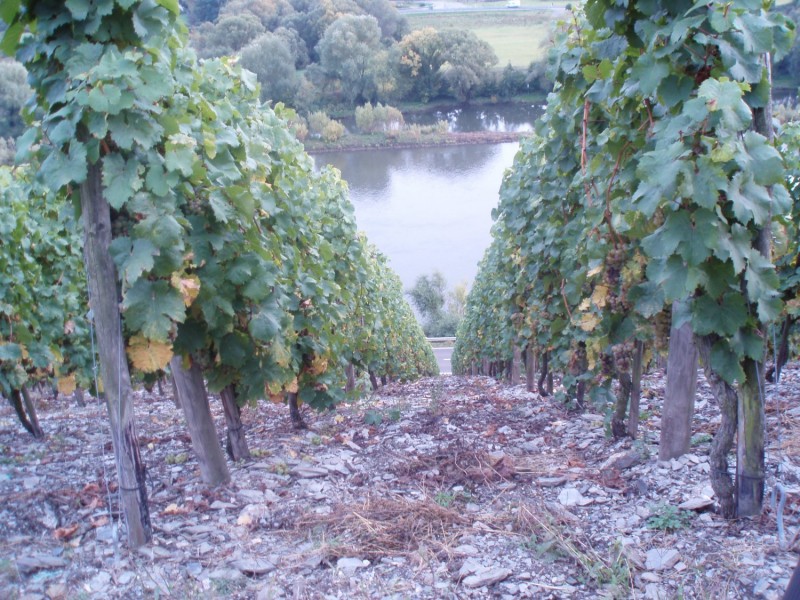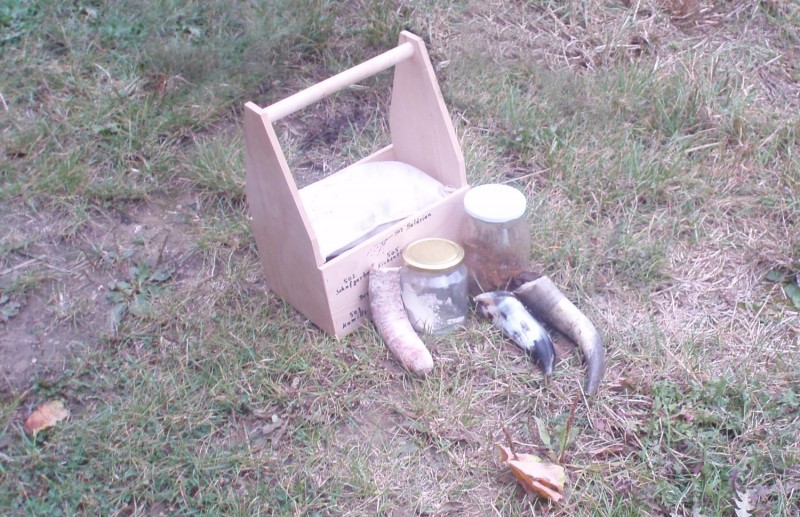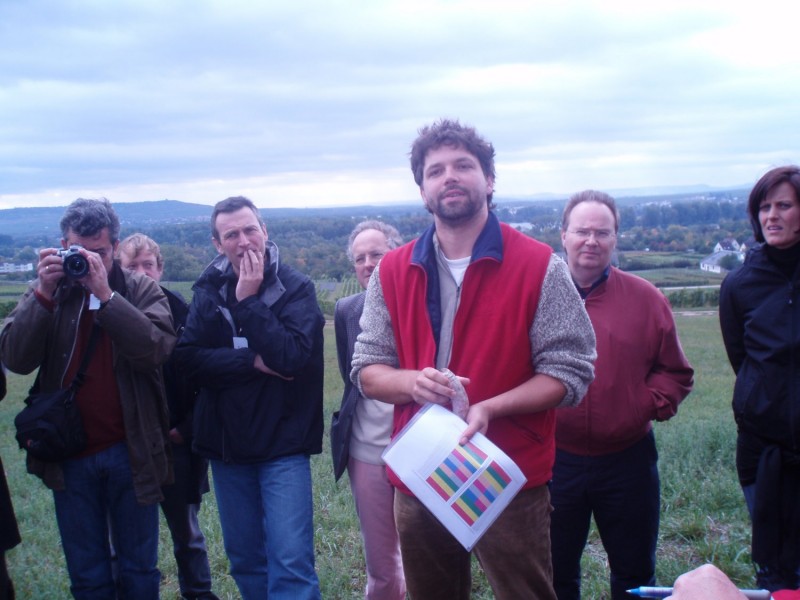Late morning on day two of an MW trip to Geisenheim.
After a long morning of lectures on topics such as organic and biodynamic viticulture, the ORWINE EU funded project and yeast populations in organic & biodynamic vineyards, we now had our first chance to get out into the vineyards at Geisenheim. We were here to look at the specifics of organic and biodynamic viticulture, so what turned out to be a very large group of MW’s, MW students and Austrian Wine Academy graduate students stood in a field with Georg Meissner, PhD student at Geisenheim, next to the three experimental plantings of vines cultivated by conventional, organic and biodynamic means.
Initial findings
The plantings are part of a three year project. So far only one year has passed so Georg was naturally very reluctant to talk about results even when he felt there were some clear differences so far. Results are measured in terms of many parameters such as soil life (microbial activity, enzymes, nutrients etc), ripening and phenolics (differences in sugar, acid and pH) and of course the quality of the wines at the end. The early differences between conventional, organic and biodynamic cultivation show the latter has much more flavour in the grapes and better concentration in the wines. The vines themselves have better root systems. Blind samples of wines and grape juice have been sent to Bonn University where they are able to identify which samples are from biodynamically cultivated vines. The results have been 100% accurate.
Delicate cycle
In biodynamically cultivated soils especially, the plant itself is feeding the soil. In a process known as the endocytose cycle, the vine is able to derive nutrients from material too big to be absorbed directly by first enveloping this matter in a sac, then breaking it down with acids and enzymes. The dissolved substances are thus accessible to the vine and the enzymes are passed into the soil. Georg commented that if you add fertiliser to this subtle mechanism, you are ‘force feeding’ the vine and it won’t release these substances because it does not need to. In fact you break this delicate cycle.
Had we been a smaller group we were to take part in planting a cow horn as part of the biodynamic method of cultivation, but being too big a group for that Georg answered our questions about the basics of biodynamics instead.
Cow horn
The cow horn itself acts as a container for either a mixture of yarrow, chamomile, nettle, oak bark, dandelion and valerian or for cow manure (called green gold in Africa). The filled horn is buried in soil for between four to six months during which time it ‘ferments’. The plant material preparation is added to compost to help make the nutrients more readily available to plants. The cow manure preparation is dissolved in water for spraying onto the soil (the dissolving itself must be done in a specific way for full effect). The result of this is to improve soil crumb structure, the ability of the soil to absorb and retain water and increase bacterial, fungal and earth worm activity.
Ideally the cow horn should come from a cow which has had calves and which has been reared organically. We were told that our visit was an optimum day (29th of September) for burying the horn because it was St Michael’s Day and the start of autumn. In addition to the changes of the seasons, and the rhythms of each day, the rhythms of the moon are central to biodynamics and particular significance is paid to the periods of waxing and waning, ascending and descending, apogee and perigee.
We were told, that between 1-3 cow horns per ha per year was considered enough. Similarly with silica horn (fine ground crystal) only 1-4 grams which has been diluted in water per ha is needed. “Biodynamics is not about quantity” Georg commented. This aspect of biodynamics seems to be very like homeopathy for vines – a little goes a long way and it is meant to stimulate the vine’s natural tendencies to protect itself and achieve optimum conditions.
© 2007 – 2012, Susan Hulme MW. All rights reserved.



